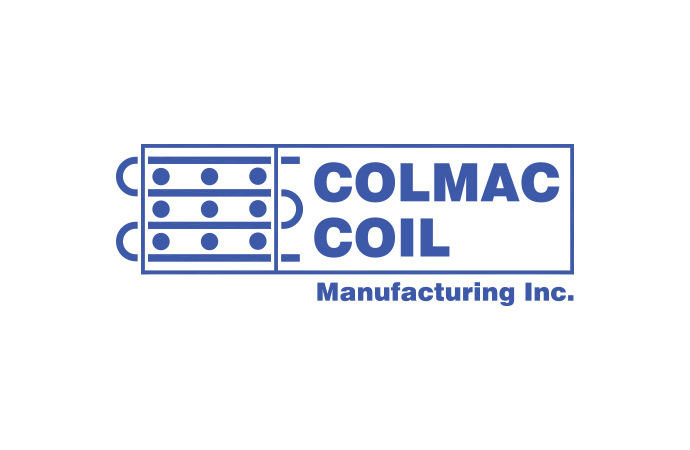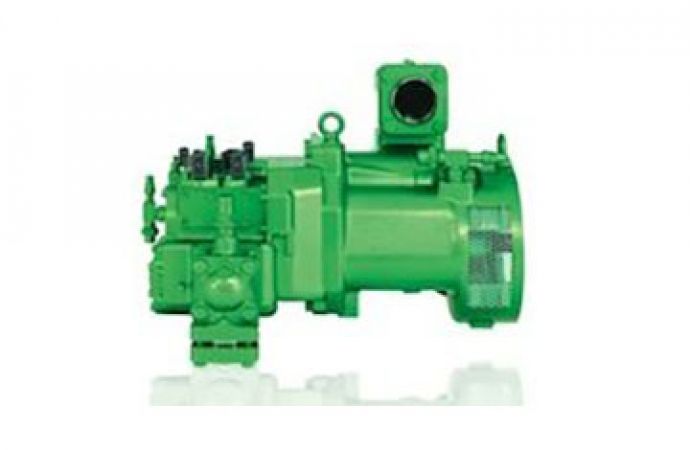An NH3/CO2 refrigeration system installed in a German bakery in Bergkirchen, is helping to reduce energy consumption by 40%. Through a series of innovative energy efficient solutions the bakery company has become one of the most modern of its kind in Germany.

One of the largest bakery companies in Germany, the Glockenbrot Bäckerei GmbH & Co. oHG recently installed an NH3/CO2 refrigeration system at its production plant in the district of Dachau near Munich. The company produces bakery products at the Backwerk Süd bakery for outlets throughout Southern Germany.
NH3/CO2 system features 700kW plate heat exchangers
In designing the Glockenbrot Bäckerei, which processes 100 tonnes of flour every day, there was an emphasis on achieving the most positive energy balance possible with regard to the refrigeration system. To cover normal refrigeration and freezing requirements the company decided to install an NH3/CO2 cascade system, whereby the coolant Temper -20 and ice water are also cooled by means of NH3. The cold brine serves the purpose of supplying the Güntner GGHN dry coolers in the precooling rooms; it is cooled in the NH3 system by plate heat exchangers with a capacity of 700 kW. CO2 evaporators are installed in the deep freeze room of the plant.
40% energy savings thanks to heat recovery, and warm brine defrosting
The use of district heating and heat recovery reduces energy consumption by 40 % compared to conventional systems. The Güntner CXGHN evaporators used in the deep-freeze rooms have an integrated warm brine defrosting system. The decision to use warm brine defrosting aids the energy efficiency of the refrigeration system, as it contributes to the utilisation of waste heat and saves the additional costs of defrosting deepfreeze evaporators and air coolers in the normal cooling circuit, which electric defrosting, for example, would entail. Heat, which is not used for defrosting is dissipated by means of a Güntner GFH dry cooler with a thermal capacity of 100 kW. The warm brine for defrosting is generated with an oil cooler. The system includes six defrosting coils (each 22 kW); in total there are 16 defrosting points to be loaded. For defrosting in the deep-freeze area, Temper -40 cold brine is used.
The ammonia condenser AGVH has eight step-controlled and two frequency controlled fans. From the set minimum condensing temperature Tcmin = 32 °C, the fans are operated with a combination of stepless and stepped control.
The refrigeration system was planned and realised by Jan Schulte from the company Schiessl, together with the contracted refrigeration engineering company Peters from Meerbusch. According to them the system is running smoothly with positive energy balance. "Our concept has consistently proven itself," says Jan Schulte. "The system runs without problems and the components are also of the right quality."
MORE INFORMATION
Related stories






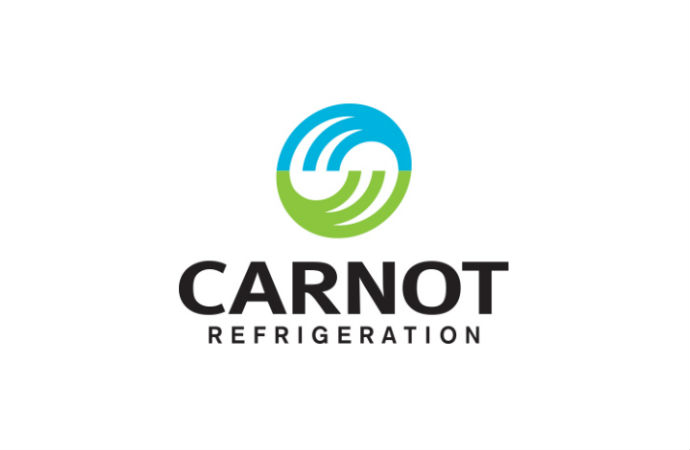

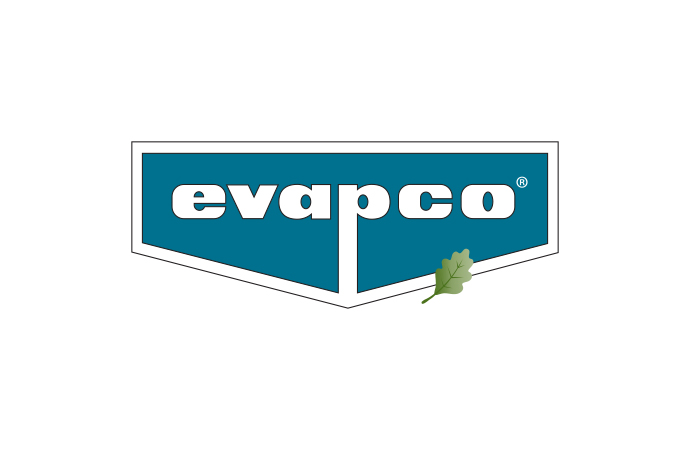











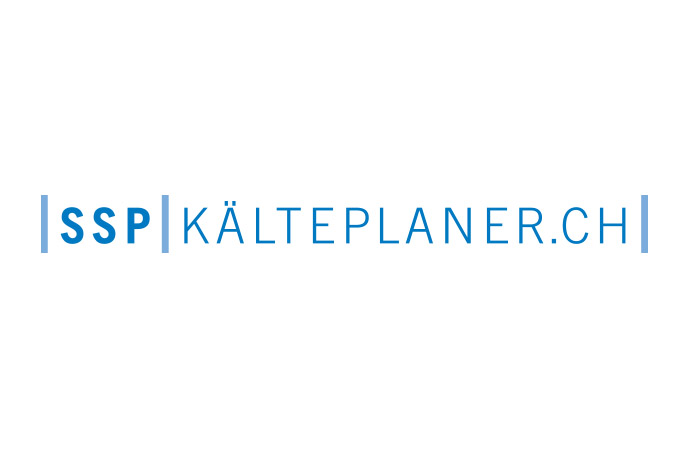
_1522327086.png)




